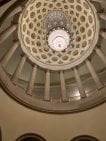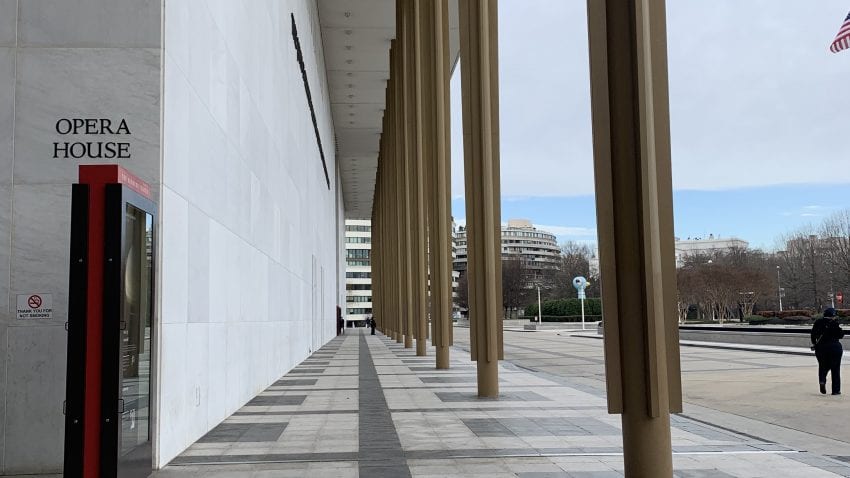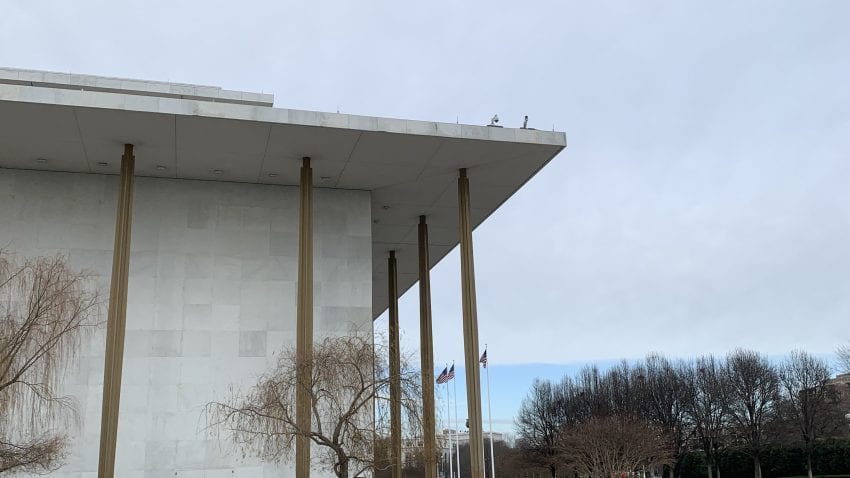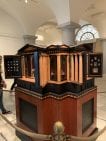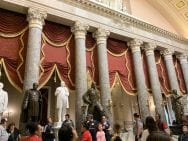One of the first things that struck me as I began exploring Washington D.C. last week was the juxtaposition of hundreds of years of architectural styles: historic townhouses sitting next to ugly brick apartment buildings next to shiny glass office buildings next to white marble government enterprises. These comparisons are similar to other metropolitan areas, except for the last. One thing that is well known about Washington, D.C. is that the architecture of the fundamental historical government buildings use architecture to allude to Greek and Roman ideals of democracy. The first day we arrived in D.C. I realized that classical columns were an interesting metaphor for a connection between democracy and the arts. The column is both a symbol of support and physically necessary for support, in many cases. However, the symbolism of being a pillar of support that alludes to Classical ideals has contributed to the column being used for artistic decoration in modern architecture.
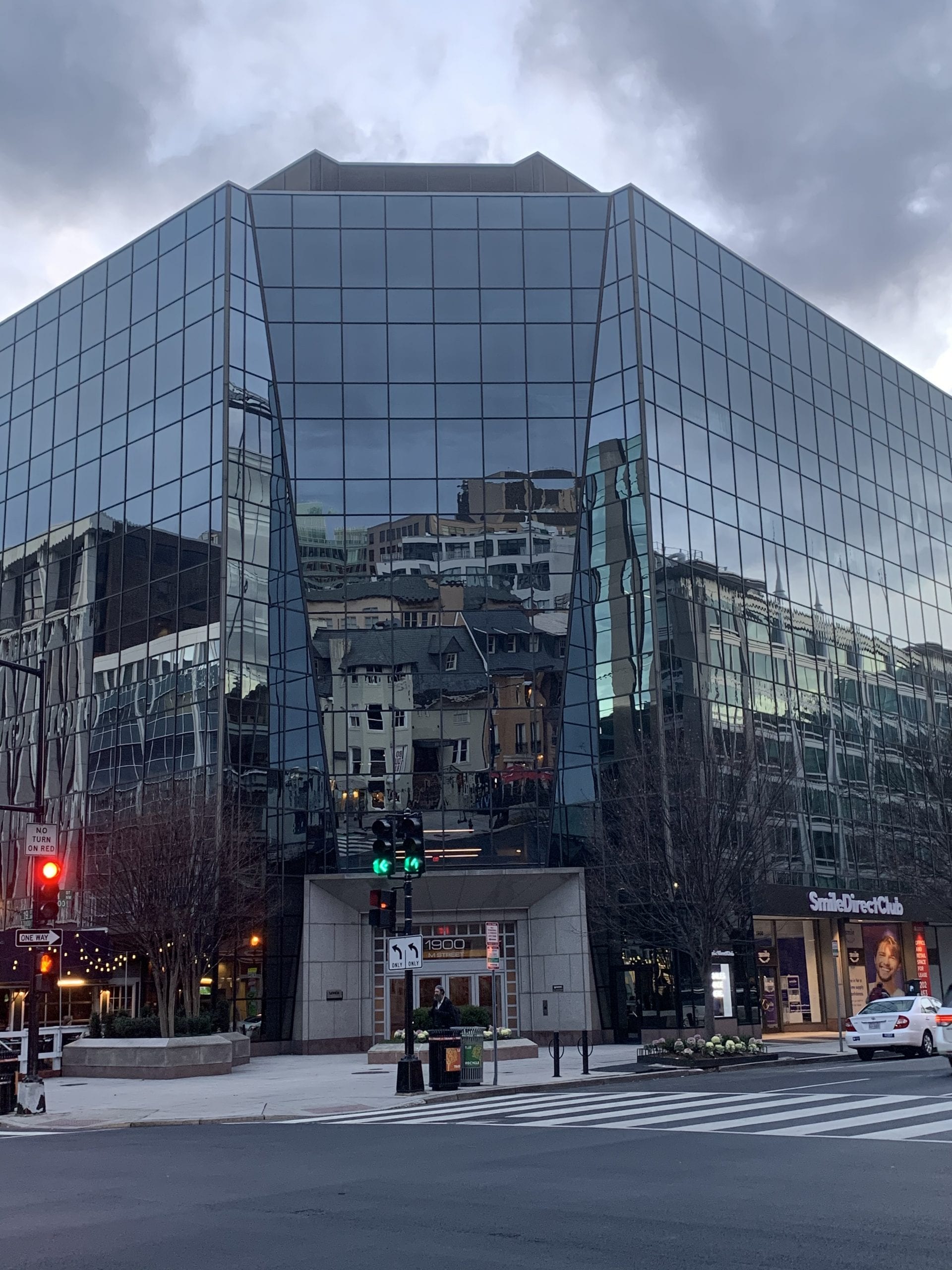
Not columns, but I found the old houses reflected in a shiny, new office building to be interesting.
The most visible and characteristic art in the U.S. Capitol, aside from the central dome, are the many columns surrounding the exterior of the building. The North and South wings are surrounded by classical columns, in a manner reminiscent of the Greek Parthenon.

The U.S. Capitol and its many, many columns. The North and South wings are the left and right wings that are surrounded by columns and each have a triangular frieze
The first place we stopped on our guided tour of the Capitol was the Senate Vestibule, which used to be the entrance to the North wing, where the Senate first resided. The vestibule and the columns in it were designed by the architect Benjamin Latrobe during a period of construction in 1807 (Senate.gov). This room was fireproofed, which allowed it to survive the burning of the Capitol in 1814. The columns in the vestibule are particularly interesting because from afar they look like the classical Greek order of capitals, however they are actually carved into corn cobs and stalks. This particular design was explicitly intended to connect the fundamental value of American agriculture to the values of American Democracy to the legacy and history of Greek democracy.
- Corn cob capitals from the Senare Vestibule. Our tour guide joked that they were “Corn-inthian” columns
- Tobacco leaf columns, also designed by Latrobe
Moving on from an old, traditional government building to the Kennedy Center, there are elements of the same allusions to Greek values, and elements that have clearly moved on in time. While we learned on our tour that the original design from the architect was to be reminiscent of a clam shell opening over the Potomac River, due to budget concerns the white marble rectangle that the Kennedy Center is today was decided on. Our tour guide was also very proud of the fact that Italy had donated a huge amount of marble for use in the construction of the building, and that the marble had come from the same quarry that Michelangelo used to source marble for his sculptures.
There are many other columns throughout this city of a large variety of styles, and I won’t take the time to talk about any more of them, but here are a few more for thought.
- The columns outside the Smithsonian American Art Museum and the National Portrait Gallery
- A meta image of a model of the Old Patent Building that houses SAAM and the NPG inside that very building
- Columns with Corinthian capitals in the Capitol standing behind states statues
- Limestone columns in the room below the famous Rotunda of the US Capitol building
Works Referenced
https://www.aoc.gov/history-us-capitol-building
https://www.khanacademy.org/humanities/ancient-art-civilizations/greek-art/beginners-guide-greece/a/introduction-to-greek-architecturehttps:
//www.senate.gov/artandhistory/art/resources/pdf/Senate_Vestibule.pdf


